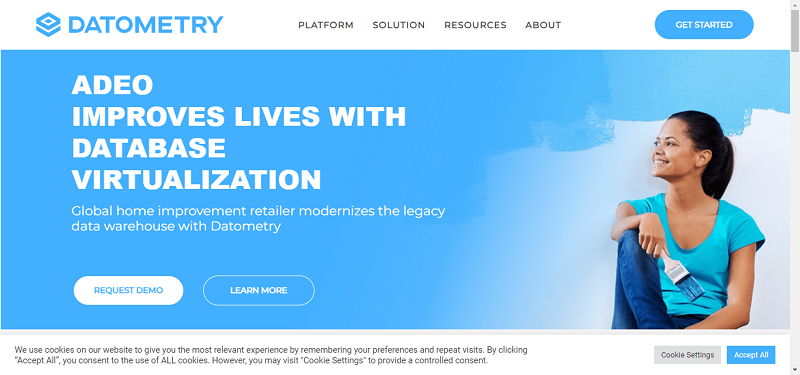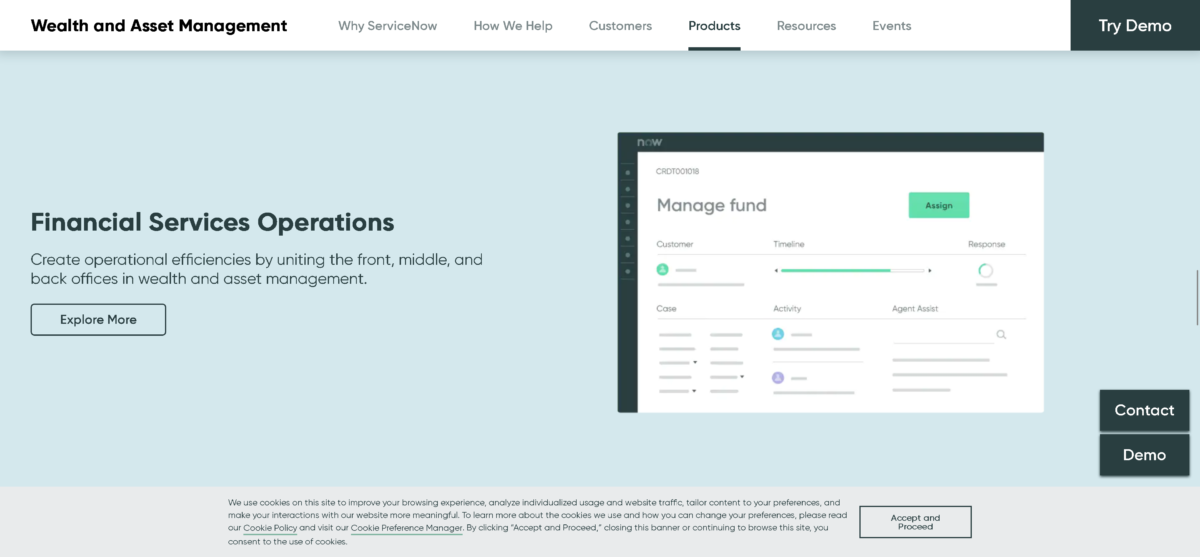Ongoing trends in the Telco/DSP industry such as M&As, migration of the application to the cloud, and modernization of legacy applications have increased the frequency and scope of data migration. According to Gartner, 50% of the data migration initiatives will exceed their budget and timeline by 2022 due to flawed strategy and execution. Most of the DSPs adopt the traditional approach for data migration, which involves three broad steps — migration planning & preparation, establishing governance, and execution.
The execution of data migration using the traditional methods is not at par with the increasing frequency. They follow the fundamental extract, transform, load (ETL) data migration execution methodology.
Major challenges in the data migration execution using the traditional approach are lack of API access in legacy systems, higher cost & time, a lot of re-work due to minor human errors while performing migration activities, high manual efforts in resolving fallouts due to data integrity issues, and difficulty in rapidly ramping-up and ramping-down teams.
These challenges combined with the highly structured, rule-based nature of activities make a clear case for Robotic Process Automation (RPA) to automate the execution of data migration. RPA helps in performing data migration easily from legacy systems lacking API access, using UI-level integration. Ramp-up & ramp-down of bots can be done quickly and it also avoids impact on underlying systems and databases, which makes it a low-risk approach.
This article details how DSPs can adopt the RPA approach for data migration execution with key components such as smart processor, automation bot & fallout management mechanism. Here, we have taken customer account migration as a use case. However, this framework can also be adapted for other data migration use cases.
Fig: Key components of the proposed RPA based framework for data migration execution
Figure-1 illustrates how customer data migration activities are carried out seamlessly. Smart processor pulls account information from various source systems to evaluate and generate a report for automation bots with the details required to perform the migration. Automation bots utilize these reports to perform the migration of customer account and upgrade as per the customer eligibility. Smart processor and automation bots also check for data discrepancies and raise fallouts for the same. We recommend DSPs/telcos to build a mechanism for end-to-end seamless capturing of issues & their resolution. This will help them automate 60-70% of the fallouts. They can also build a dashboard to provide a 360º view of the migration related KPIs in real-time.
In this section we will show you how to implement an RPA-based framework and the key components that need to be built for effective data migration execution.
Evaluating customer data for migration manually is a painful task. Multiple teams are involved in identifying the right scenario (migration/upgrade) based on the customer eligibility, which is a time-consuming process with many iterations. Smart processor evaluates customer data for account migration and upgrades eligibility based on the account information, reducing the manual effort
It pulls account information from various source systems (CRM, billing, inventory, etc.) and evaluates to identify if the customer is eligible for any upgrade services along with account migration. It generates a report (contains account migration & service upgrade data) for automation bots.
The smart processor helps in reducing the lead time by 20% which helps DSPs in improving the customer experience. It also helps in recognizing specific customers who are eligible for a strategic upgrade and provides a customized rate plan, which leads to customer delight. We recommend DSPs to configure smart processors and automation bots to work in an agile and iterative manner that helps to perform the migration with minimal products/data.
Fig: Illustration shows smart processor pulling data, evaluating, and generating a report for automation bots
The automation bot utilizes the report generated by smart processor to perform migration and upgradation activities. It has two different sets of bots as stated below:
Account migration bot – RPA-enabled customer account migration helps overcome the challenges in traditional approaches. Bots connect to the source systems to collect the migration-related data and verify the report data against destination systems. Then it performs the migration post examining the readiness of the destination systems. Once the migration is complete, it validates if the customer qualifies for auto-service/product upgrade, and accordingly, triggers the upgrade bots. Account migration bots reduce 90% of efforts that go into manual order tracking, task follow-ups, report generation, and audit/testing.
Service/product upgrade bot – Steps involved in the manual approach such as identifying the compatible port based on the equipment profile, DSLAM, traffic profile, etc. are complex and time-consuming. At times, negligence in releasing the old facilities or port in the logical inventory induces integrity issues of the inventory systems, which leads to fallouts. These steps can be easily automated using RPA. Bots connect to the source systems and collect the required data and then perform the customer upgrade feasibility study. It analyzes the provisioning system and identifies a compatible facility to perform upgradation and establishes the services.
Similarly, it performs product upgrade by deactivating services from an existing product, creating a new product, and assigning & activating services in the upgraded product. Automation leveraging RPA (advanced GUI & backend database search) in the identification of facilities leads to 60%-time reduction and up to 10% effort reduction by eliminating data integrity issues due to human negligence.
This component describes the process of capturing and resolving issues seamlessly along the migration journey. The known issues are automated wherein the bot raises the ticket to the respective team to resolve the issue (60%-70% of fallout handling can be automated). For the unknown issues, humans review the fallouts, prioritize, and work with respective business units to resolve the issues. For better governance, a dashboard should be built to provide a 360º view of the migration related KPIs in real-time.
Fig: Mechanism showcasing end-to-end seamless capturing of issues & their resolution
By leveraging the RPA approach for data migration execution with the 3 components presented in this article, DSPs can accelerate migration time by 2X, save OpEx up to 40%, achieve 100% accuracy rate using automation, and enhance the customer experience.
By Ramanan GV





